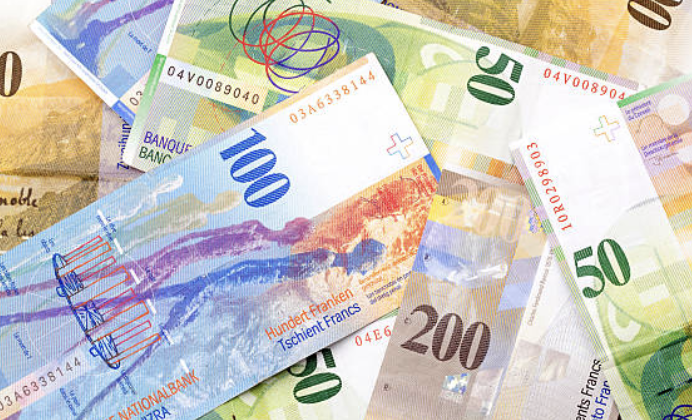
Drake Hampton
Apr 07, 2022 10:24

At the top of the hour, Australia's Trade Balance will be released. Westpac analysts forecast a $13.2 billion trade surplus, within a whisker of last July's $13.3 billion top (median forecast $11.7 billion).
Analysts forecast exports to increase more in February, by +2.2 percent, or $1.1 billion. They observe that coal and LNG are likely to have advanced in price and volume terms.
"Iron ore demand is projected to drop slightly despite higher prices, as shipments were weak last month. Imports fell -1.6 percent in January, following a 13 percent increase in the previous two months as a result of the post-delta reopening. February is predicted to see a continuation of the rise, +2.2 percent, +$0.8bn, on stronger volumes and rising prices."
AUD/USD has failed to climb higher despite the Reserve Bank of Australia (RBA) adopting a more hawkish position on inflation developments by abandoning its 'patient' posture. According to the monetary policy statement, the Australian economy has remained resilient and spending has increased in the aftermath of the omicron setback.
The AUD/USD pair surged to a high of 0.7661 but then fell back to the 0.7480s due to a strong US dollar. Unless the surplus surprises positively, the Australian dollar is expected to stay under pressure from the strength of US rates and the dollar.
The Australian Bureau of Statistics publishes the trade balance, which is the difference between the value of its imports and exports of Australian goods. Export statistics can provide valuable insight into Australian growth, while import data provide insight into domestic demand. The trade balance provides an early indication of the performance of net exports. If there is consistent demand for Australian exports, this will result in positive increase in the trade balance, which should benefit the AUD.

Apr 07, 2022 10:16
